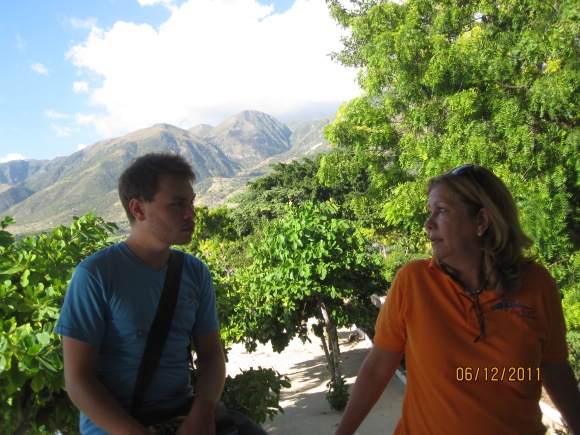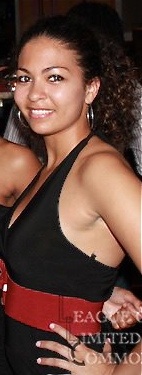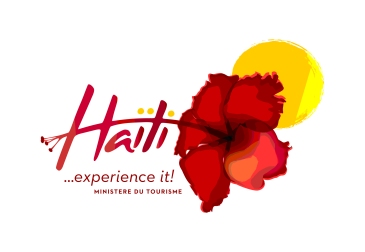 My thoughts as we get close to the 3rd year Anniversary of the Devastating Earthquake of January 12th, 2010:
My thoughts as we get close to the 3rd year Anniversary of the Devastating Earthquake of January 12th, 2010:
My name is Genevieve d’Adesky Lemke—though everyone knows me simply as “Genie”—and I am the Director of Wahoo Bay Beach Hotel, located on the “Côte des Arcadins” in Haiti.
The first thing that comes to my mind when I think of the earthquake is the gripping fear that constricted my stomach. My husband and I had just traveled with relatives to the United States the day before, and we were receiving alarming messages of the tragic earthquake as events were unfolding. Our instant reaction was utter disbelief. We were unable to fathom such a disaster striking our beautiful home. Yet, tragically, it was true. Just remembering that stunned moment still gets my heartbeat racing, my stomach and heart tight, and renders me frantic. We were anxious to know if our loved ones were safe: son, mom, sister and brothers, family, friends, colleagues, employees, staff…our only thought was “Dear God, please let everyone be ok!”
We finally got through to my brother, Jeff, who was safe at his home that had withstood the earthquake. He was on Skype communicating, as just a few minutes after the earthquake most phone and cell lines went down. One by one, we started to locate everyone, and relief slowly flooded in. However, I was still filled with major anguish, as there was one person for whom we had no news: our son, Michael. The last we had heard, he was at work in his office in downtown Port-au-Prince, the epicenter of the quake.
Minutes seemed like hours, and it is unfathomable what can run through the minds of the distressed. At that moment, we could have cared less about our business and our home. “We can start over, we can rebuild,” I thought, “ but I cannot replace my son. Please, God, please let him be ok!” I remember vividly the gripping fear, the tears, the words of prayer that came out of my mouth until my husband opened the door of our room to tell me the news.
“Gen,” he said, “we have news of Mike. He is fine!” My husband reported that Mike was still at the office ensuring everyone was safe and had a way to get safely home to their loved ones. The school opposite from his office had collapsed, and he could hear the screaming cries for help, so he made phone calls for doctors, ambulances, police, whomever he could find to assist the victims. It was only then, that he remembered “Oh my God, Mom must be freaking out if she doesn’t hear from me!” So he sent a young assistant by foot to my brother to get the message to us that he was safe.
While I was—and am—eternally grateful that my prayers were answered that day, I could not—and cannot—help but to think of so many others who were grieving their losses that day. Mothers, fathers, sisters, brothers, cousins, husbands, and wives—over 300,000 people perished on that horrific day. How do we cope with such a tragedy? What have we learned? How are we moving forward? What do we see for the future of Haiti?
I don’t know that one person or one family can change the whole of Haiti, but as a survivor of that day, I know that we can certainly contribute to making a positive difference. Our hotel was not damaged and it became a haven for so many, including volunteer medical and missionary groups from abroad rushing to help. The fact that our countryside beach hotel is located away from the dusty rubble and massive destruction of the capital city, along the lovely coast an hour north of Port-au-Prince highlighted Mother Nature’s natural glorious splendor, as if telling us “Life will go on, do not give up!” In the aftermath of the earthquake, known as “Goudou-Goudou” for its terrifying growling-rumbling sound, we felt that we must become a soothing, quiet resting spot where people came to take a brief breather, get re-energized, re-focused, and re-organized to promptly return assisting with the victims and uprooted survivors.
A few months later, our daughter, Jennifer, came back with a degree in Hospitality Management and 4-years of working experience in South Beach, Florida to join us as a Manager. We agreed that the moment had come to now move forward with what had long been financially hesitating plans. Despite Haiti’s straining economic and political challenges, we decided to work towards attaining higher international standards. We immediately began to renovate the 22-rooms in our 20-year old main building, and implemented a new “boutique” design. We were quite pleased to see how our clients were delighted and appreciative of WAHOO BAY’s “rejuvenating” renovation efforts, and hope to continue them into the future.

During this same time, the six neighboring hotels along the coastline of the beautiful Côte des Arcadins teamed up to form a regional development council known as CRCA (“Conseil Regional de la Côte des Arcadins”), affiliated to Haiti’s Tourism Association, known as ATH (Association Touristique d’Haiti). We meet regularly on jointly solving regional and community-related challenges and issues, keeping competition friendly and always striving to help each other.
This past year, the CRCA council has signed a contract with the USAID-financed WINNER Project that regroups the area’s farmers as a cooperative, from whom CRCA members have agreed to source locally grown fresh fruits and vegetables, to great success. Furthermore, a new Hotel, Restaurant, and Ecotourism Training School will be inaugurated on January 16th, 2013, providing current staff and aspiring hotel and hospitality workers to receive professional training.

Additionally, there is also a longstanding relationship with the fishermen of our area’s famous fishing village of Lully, who supply all of the hotel-restaurants with locally caught fresh seafood. The CRCA hotels also have an agreement with local vendors to sell their handcrafted jewelry, sculptures, straw hats, paintings, fresh coconuts, etc. on their premises, which provides them the opportunity to earn revenue in support of family and community. The CRCA’s “win-win” implication of all stakeholders is contributing to the region’s harmonious tourism and community development, and helping to rebuild a country ravaged by a natural disaster.
We are also delighted to have teamed up with BrandHaiti in October of 2011. This enthusiastic young organization’s mission is to contribute to improving Haiti’s image, and we absolutely want to be a part of this positive movement. Haiti’s positives far outweigh its negatives, and we are determined to convey and share this truism to the world. With BrandHaiti’s founder Marie-Gabby Isidore, we have developed a spring break program that brings university students to Haiti to discover all aspects of our “Haiti Chérie”. While they remain at Wahoo Bay, we will have guest speakers to address interesting topics about Haiti and the development of Haitian businesses. When these students return home, they will become ambassadors of Haiti, and share their unique experience with the world. We are very enthusiastic and optimistic about this project, and are planning to have our first group of “Spring Breakers” in March 2013!
Our Minister of Tourism, Mrs. Stéphanie B. Villedrouin, is actually in Canada signing a contract with the well-known Canadian Charter Group, Air Transat. Canadian tourists are scheduled to arrive on January 23rd, 2013 for their 5 to 7 days sojourn, which will include excursions around Port-au-Prince and the Côte des Arcadins. Like the students who will arrive in March, we hope to show these tourists that Haiti is not just an impoverished, disaster stricken country, but that it is a nation full of beauty, wonder, entrepreneurship, hope, and love.
Three years later, although we are still mourning, we are ever more resilient and motivated to persevere in our efforts to contribute to Haiti’s development and positive image. We hope that you will join us.
~Genevieve d’Adesky Lemke
















